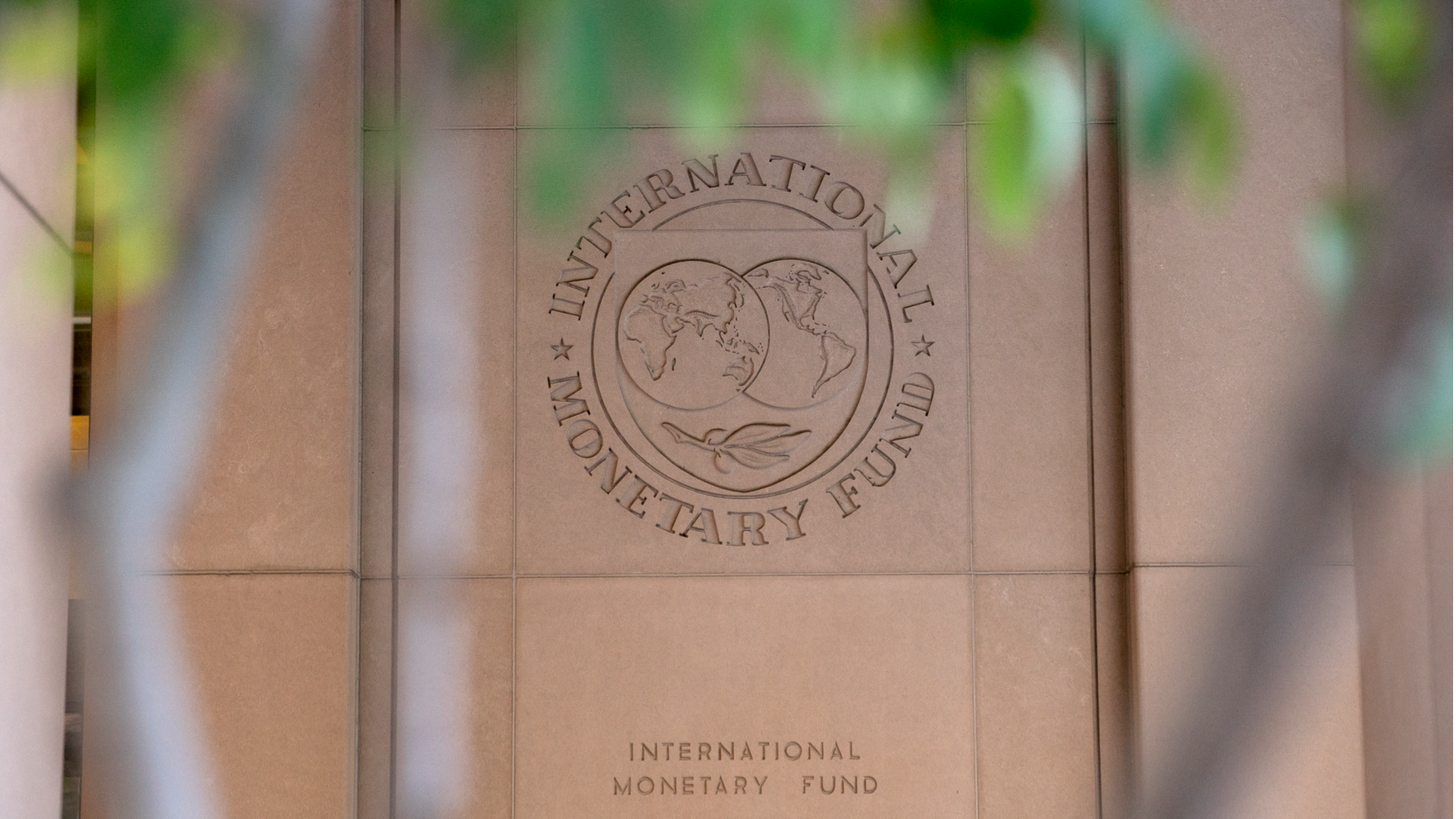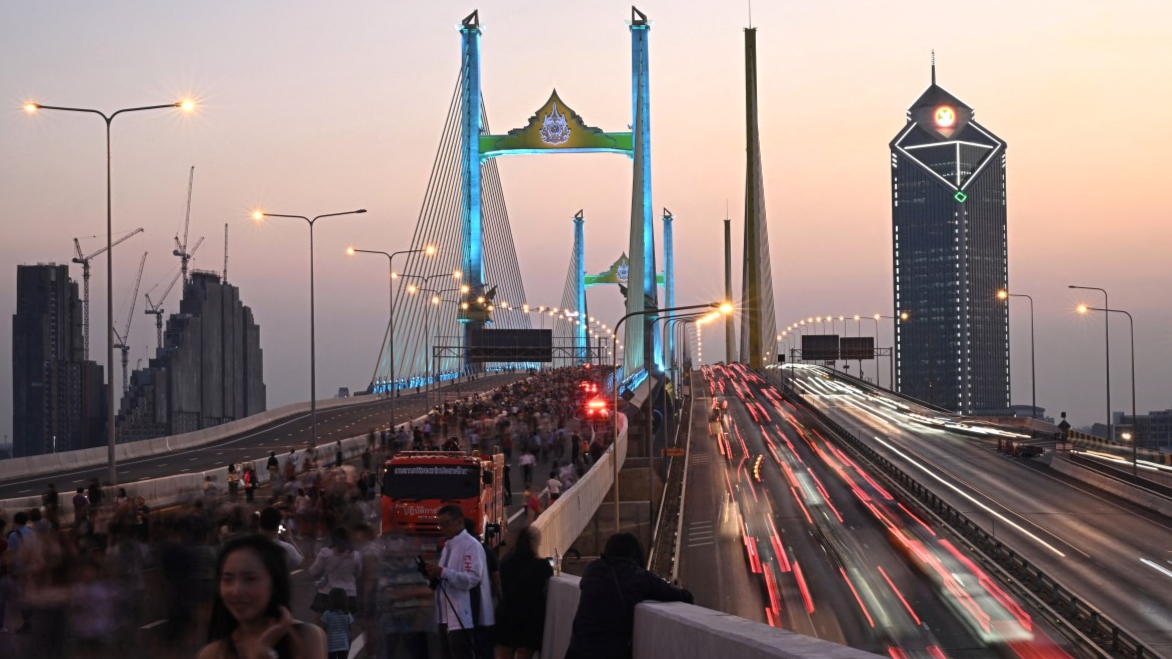
WASHINGTON - The International Monetary Fund on Thursday projected that growth in Asia and the Pacific will slow to 3.9 percent this year amid escalating trade tensions, marking a 0.5 percentage point decline from its previous projection.
"A leader in global trade, Asia accounted for nearly 60 percent of global growth in 2024. However, the region's successful growth model, based on trade liberalization and integration into value chains, faces mounting challenges," IMF officials said in a blog published on Thursday.
"The downgrade of 0.5 percentage point, our sharpest since the pandemic, reflects weaker global demand, reduced trade, tighter financial conditions, and heightened uncertainty," according to the blog.
The projected growth for 2025 represents a significant slowdown compared to 2024, when Asia and the Pacific recorded a growth rate of 4.6 percent.
The weakening is "broad-based", the IMF officials noted. Growth in the region's advanced economies is likely to be 1.2 percent this year, a downward revision of 0.7 percentage point compared to the previous projection.

In emerging market and developing economies, growth this year is projected at 4.5 percent, a downward revision of 0.5 percentage point.
The IMF projects 4 percent growth in 2026 for the region, which is 0.3 percentage point slower than the previous forecast.
ALSO READ: IMF chief says US tariffs risk dragging on global growth
Asia faces "structural headwinds", notably the vulnerability of its export-based growth model, the blog noted. This is in addition to pressures from population aging and decline in some countries in the region and recent trend of declining productivity.
"The likely headwinds from heightened trade tensions call for a more balanced growth model, led by stronger and structurally durable domestic demand in some countries, and greater diversification of exports and stronger regional economic ties more broadly," the blog showed.
The IMF officials noted that furthering diversification of export markets and regional integration could help "insulate economies from global shocks", even in a region where trade is more durable than in the rest of the world.
"Initiatives like the Regional Comprehensive Economic Partnership can help deepen cooperation - not only in the trade of goods, but also in services, the digital economy, and regulatory harmonization," they said.

Separately, the World Bank Group projected that growth in East Asia and Pacific (EAP) will slow down to 4.0 percent in 2025, compared to 5.0 percent in 2024, according to its newly released 2025 Regional Economic Update.
Growing global uncertainty is having an impact on business and consumer confidence, inhibiting investment and consumption, the update showed. Trade restrictions are expected to impact EAP's exports while slower global growth is likely to further reduce external demand.
Despite slower growth, poverty rates in the region will "continue to decline," according to the World Bank.
READ MORE: Lower tariffs are good for everybody, says World Bank president
The World Bank suggests a "three-pronged policy response". First, harnessing new technologies could boost productivity and as a result could create more jobs, as shown in Malaysia and Thailand. Second, reforms to boost competition, especially in services, could create new economic opportunities, as seen in Vietnam. Third, greater international cooperation can enhance resilience.
"While navigating global uncertainty, countries across EAP have the opportunity to strengthen their economic prospects by embracing and investing in new technologies, opening up business opportunities through bolder reforms, and deepening international cooperation," said Manuela V. Ferro, vice-president of the World Bank for East Asia and Pacific.
World Bank East Asia and Pacific Chief Economist Aaditya Mattoo noted that combining new technologies with bold reform and innovative cooperation could help countries in the region cope with current environment and longer-term challenges. "That is the recipe for higher productivity and better jobs," he said.


